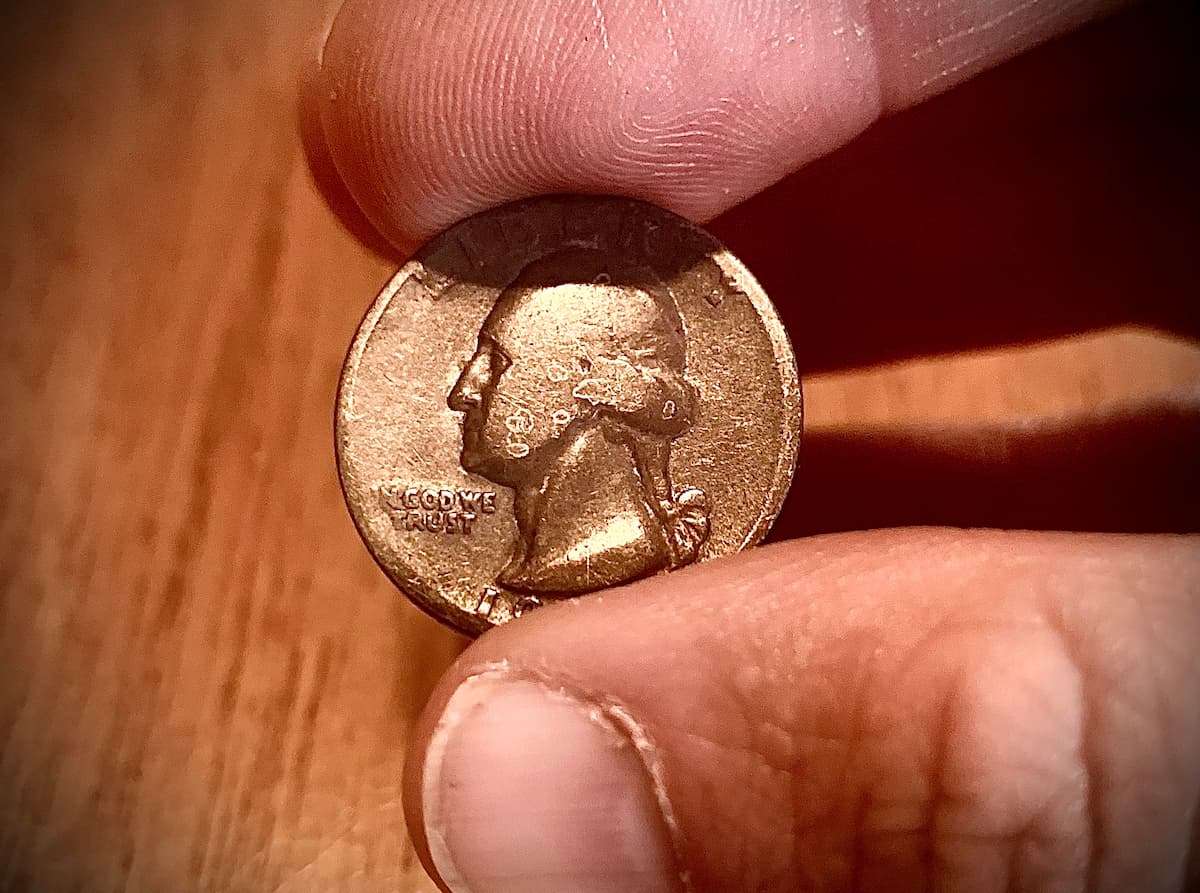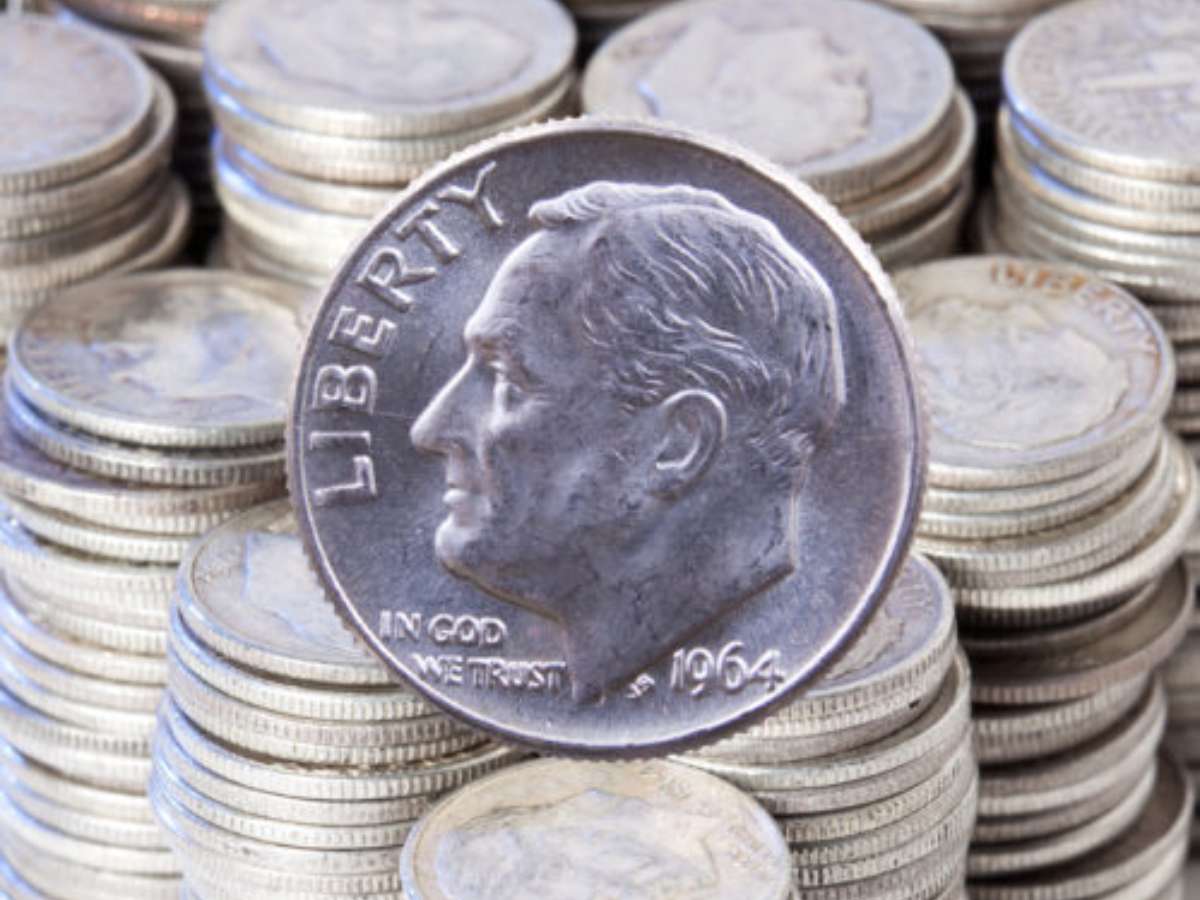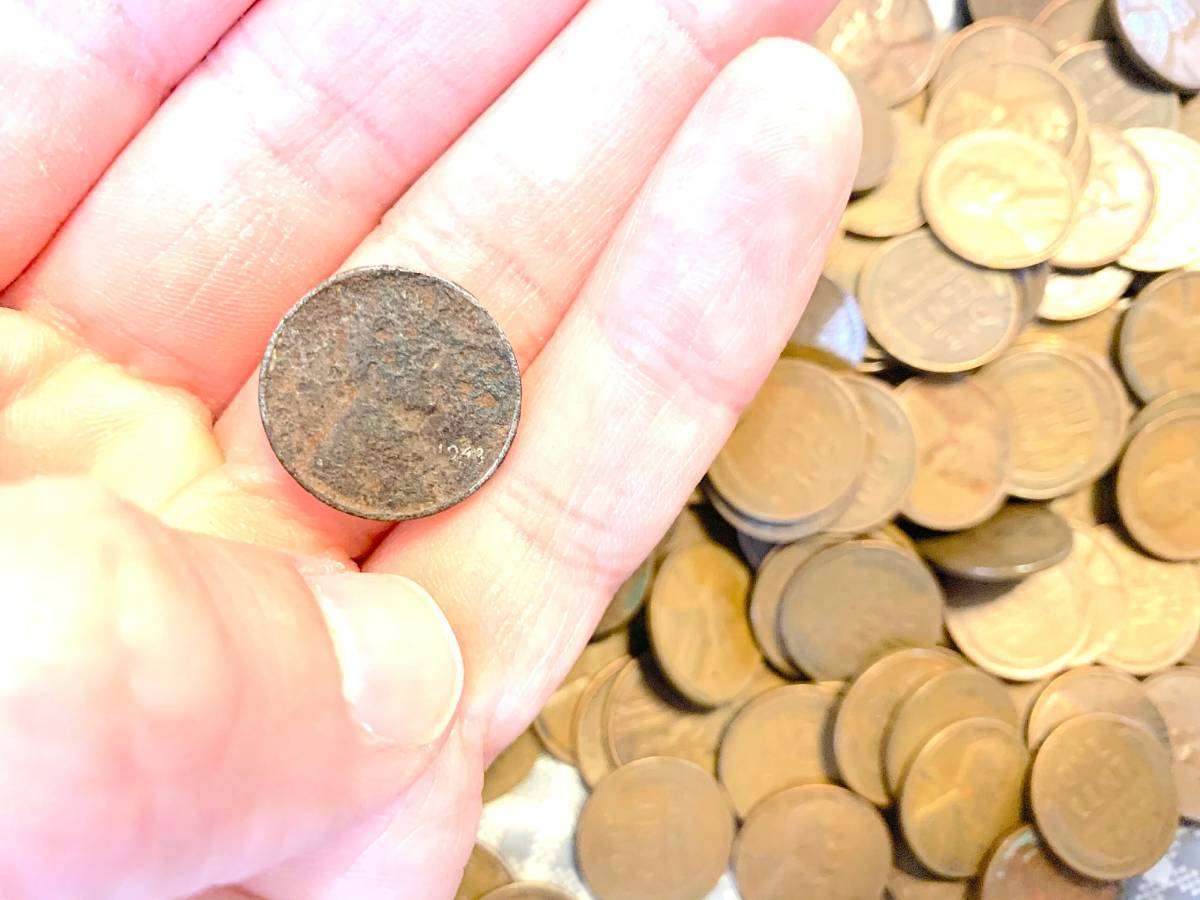Did you know all 1976 pennies are worth more than face value?
That’s right, even the well-worn ones that you’ve found in spare change are worth more than just a penny!

But what exactly is your 1976 penny worth?
That’s what I’m going to help you figure out today.
As you read on, you will learn the values of all 1976 Lincoln Memorial cents — including rare and valuable 1976 pennies with errors!
All 1976 Penny Values
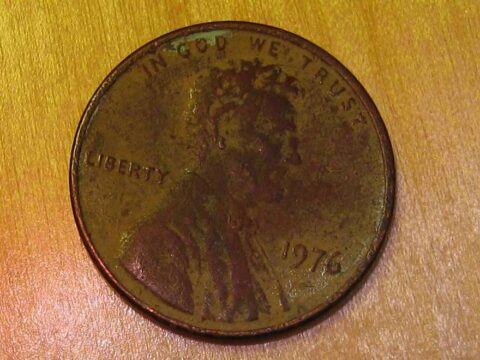
The year 1976 was when the United States celebrated its bicentennial, or 200th birthday.
The U.S. Mint took part in the nationwide festivities by issuing Bicentennial coins — which have special designs on the quarter, half dollar, and dollar coins.
While some proposals called for a Bicentennial 1976 penny, none came to be. But that doesn’t mean 1976 pennies aren’t worth collecting. Quite the contrary!
All 1976 Lincoln pennies are worth more than face value because they’re made from a composition of 95% copper, 5% zinc — and copper values have soared in recent years.
Nowadays, a typical penny dated before 1982 (the year the U.S. Mint switched to a cheaper copper-coated zinc format for pennies) contains about 2 cents’ worth of copper.
Now, let’s find out how much your 1976 penny is worth.
Which of these 3 types of 1976 pennies best describes your coin?…
1976 Penny Value (No Mintmark)
Baseline values for all 1976 Lincoln cents is about 2 cents.
In the case of 1976 pennies with no mint mark (from the Philadelphia Mint, which did not place a mintmark on Lincoln cents in those days), a total of 4.6 billion were made — 4,674,292,426, to be exact. We’re talking a mintage of more than 4 billion!
So a 1976 penny without a mintmark is not rare. But old copper pennies are definitely getting harder to find in pocket change these days.
Why is that?
Because more and more collectors are becoming aware of the inherent value of 1976 pennies. And while it’s currently illegal to melt United States one-cent coins, they’re still being traded on a speculative basis.
How much are nicer-quality 1976 pennies without a mint mark worth these days?
Well, those are worth far more than just 2 cents! A typical uncirculated 1976 penny is worth about 10 to 20 cents.
What’s the highest value on record for a 1976 no-mintmark penny?
The record for the most valuable 1976 penny with no mint mark goes to a specimen that received a grade of MS68RD from Professional Coin Grading Service. That particular piece took a whopping $7,931.25 in a 2014 auction.
1976-D Penny Value
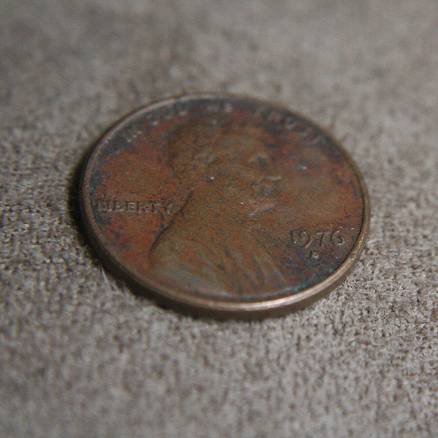
The 1976-D penny was made at the Denver Mint. It has a “D” mintmark located underneath the date.
While the mintmark sets the 1976-D pennies apart from the unmintmarked 1976 penny from Philly, what both coins have in common are extremely high mintages. The 1976-D Lincoln cent also has a mintage beyond 4 billion — 4,221,592,455. Wow, right?
How much are 1976-D pennies worth?…
Just like the 1976 pennies with no mintmark, all 1976-D pennies are also worth more than face value. With a value of about 2 cents, these old pennies are worth saving from circulation.
Nicer 1976-D pennies are worth even more! A typical 1976-D penny with no wear (totally uncirculated) is worth 10 to 20 cents.
The most valuable 1976-D penny to ever trade hands is a specimen that was graded MS67RD by Professional Coin Grading Service. It sold for $998.75 in a 2016 sale.
1976-S Proof Penny Value
A limited number of special 1976-S pennies were struck at the San Francisco Mint for collectors. Only 4,149,730 of these coins were made.
These proof pennies were included as part of the 1976 proof set that also contains the 1976 nickel, 1976 dime, and the three 1776-1976 Bicentennial coins.
While the U.S. Mint offered these 1976 proof sets for only one year, collectors can still buy them today in the aftermarket from coin dealers and other sources.
Most 1976 proof pennies are worth around $1 to $2 each.
One of the nicest examples was graded PR69DCAM by Professional Coin Grading Service and scored a record price of $1,208 in a 2002 auction.
IMPORTANT: What Is The Grade Of Your 1976 Penny?
To determine the true value of your 1976 Lincoln cent, you first need to know what condition (or grade) your coin is in.
Grab a coin magnifier and a copy of the U.S. Coin Grading Standards book. Then, watch this video to see how to grade coins yourself at home:
These coin grading apps make grading coins yourself much easier.
A List Of Rare 1976 Error Pennies And Their Values
There are many valuable 1976 penny errors and varieties that you can find in your pocket change these days. You just need to have sharp eyes and perhaps a little luck on your side to find them!
Here are some of the 1976 penny errors you might find today…
1976 Doubled Die Error Penny
Some would call this the 1976 double die penny, but there’s really no such thing as a “double die.” There are, however, doubled dies — coins produced by a die that mistakenly shows doubling on certain parts of the design on one side of the coin.
While all doubled dies are scarce, the ones that are clearly visible with the naked eye are the ones that usually become the most popular — and, therefore, the most valuable. While there are no major doubled dies worth thousands of dollars currently known on 1976 pennies, there are some minor ones that can bring anywhere from $25 to $100, depending on the specific variety and magnitude of the doubling.
Keep in mind, you need to use a little extra scrutiny when trying to determine if you have a doubled die. Many hopeful collectors believe that any sign of doubling is a doubled die. Unfortunately, the most common form of doubling to be found on coins is machine doubling — a type of strike defect that results in shallower doubling than is typical of a doubled die.
1976 Off-Center Error Penny
Every now and then something comes off the U.S. Mint presses in wonky fashion — and one of the weirdest types of coin errors is the off-center strike.
As the name implies, an off-center error shows the design of the coin struck in a way that only shows part of the inscriptions and artistic features.
Off-center errors are rather common. In fact, those that are just 1% to 2% off-center don’t tend to carry any extra premium.
However, those that are 5% to 10% or more off-center are definitely worth saving! A 1976 penny that is 5% to 10% off center can take $10 or more,
The most valuable kind of off-center coin error is one showing only half the design yet a complete date and mintmark (when applicable). A 1976 off-center penny that is missing about 50% of its design yet shows the entire date can bring $50 to $100!
1976 BIE Error Penny
One type of variety that some Lincoln penny enthusiasts collect by year is the BIE penny.
This is a really neat type of die break variety that appears to show a capital letter “I” between the “B” and “E” of the inscription “LIBERTY.”
BIE varieties are rather common, even though they’re among a classification of die cracks that are unique to the Lincoln cents.
With values typically ranging between $5 and $15, some collectors set out to collect one from every year of the Lincoln penny series — including 1976.


